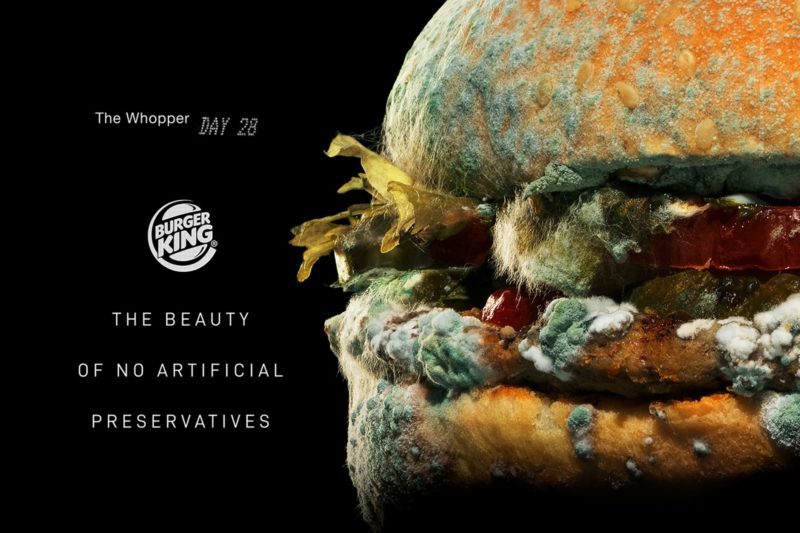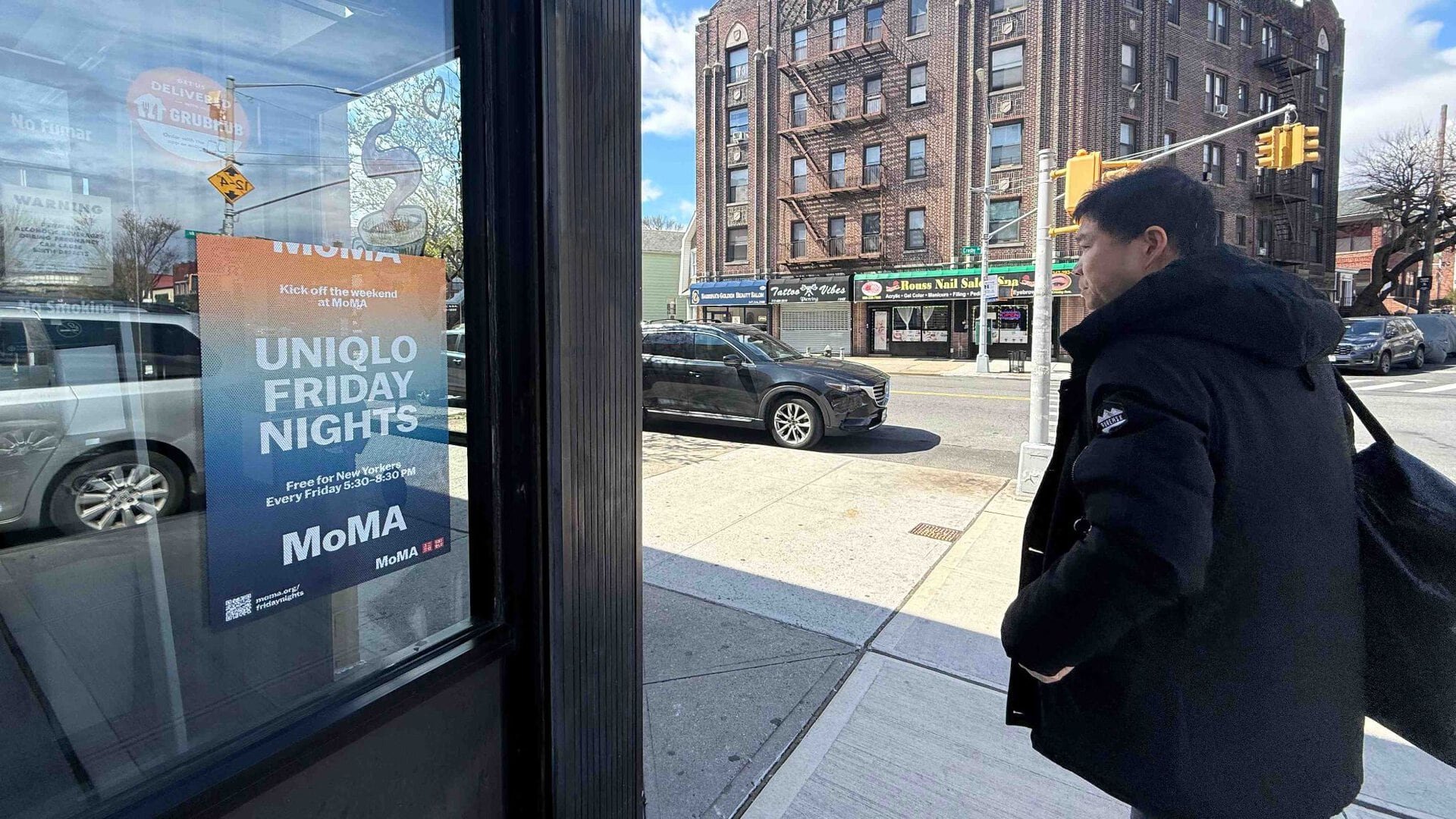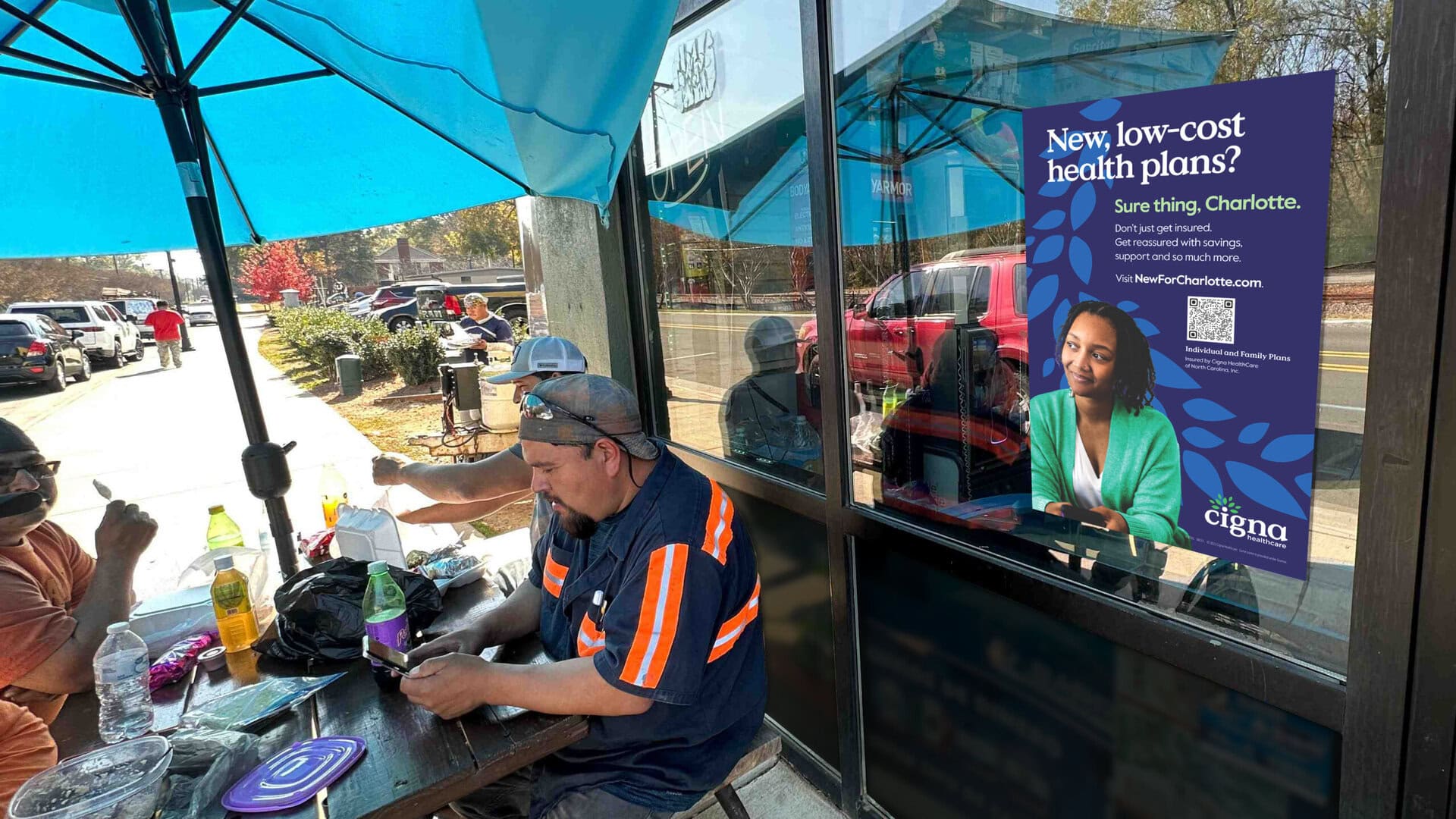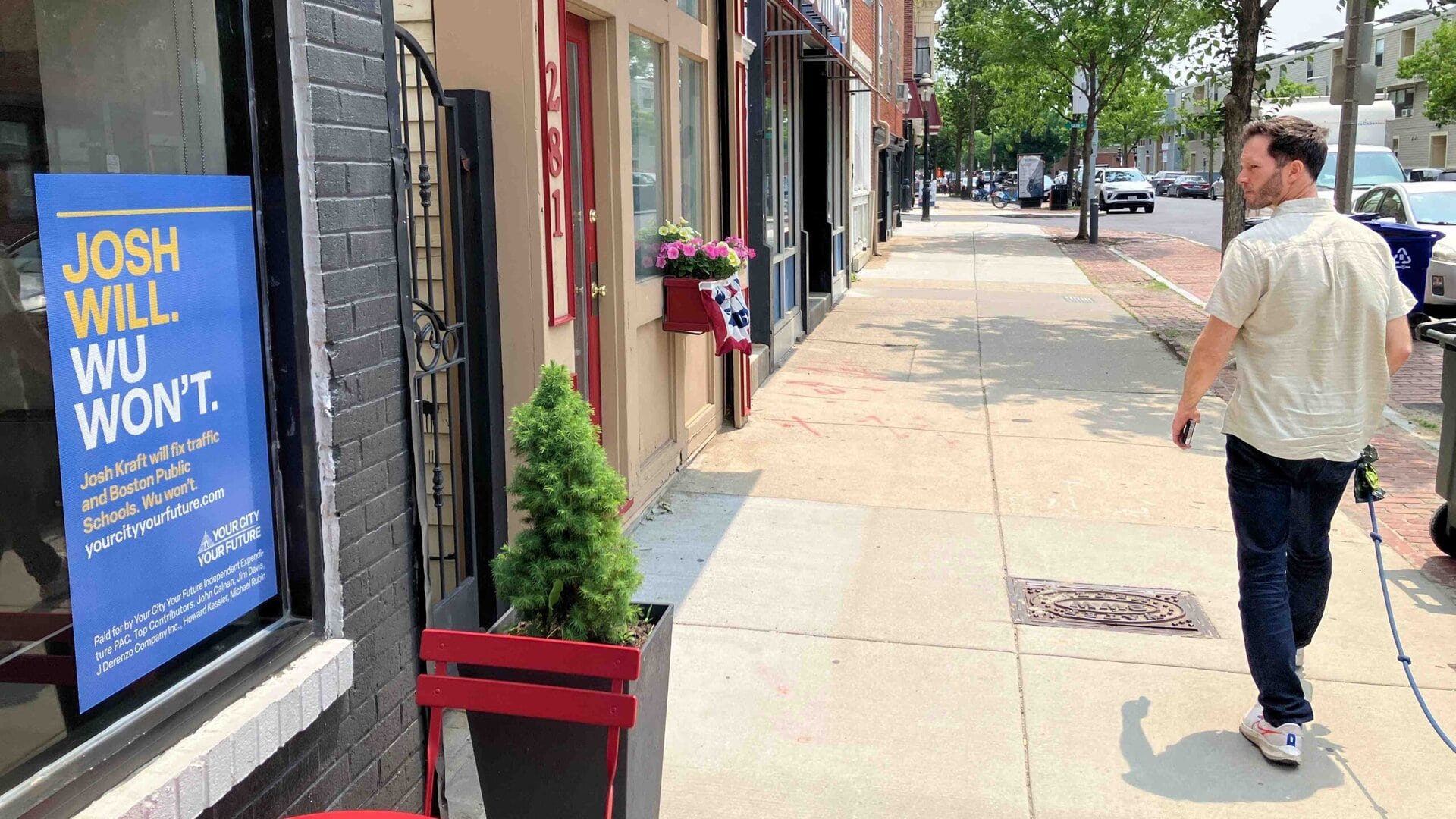
I took a marketing 101 course my freshman year at NYU that would leave a lasting impression, long after I was out in the real world. The adjunct professor who taught it was known as a real old-school ad man, traditional thinking from someone who knew the ins and outs like no one I’ve met since.
Most of what he taught me was lost through the years, but one thing stands out: for all the hype around an ad, all the creative genius, all the thought and effort (not to mention money) that goes into an individual ad or an entire campaign, there is one final goal: to sell.
It’s hard not to forget this. If an ad does not foster or create a want in an individual to buy your product, has the ad done its job? Has it worked?
I know what you’re going to say: branding is important, so is engagement. But these goals, while certainly worthy, in and of themselves do not help a company’s bottom line. They are a means to an end, not the end itself. If an ad campaign does not eventually lead to a sale, has it succeeded?
Let’s start with the Moldy Whopper campaign from Burger King and Publicis a couple weeks back:
—
Burger King’s Moldy Whopper campaign is disgusting, but it’s what everyone is talking about.
Almost two weeks after the launch of Burger King’s Moldy Whopper campaign, the time-lapse photography of a green, rotting burger has almost 1.9 millions views on YouTube and the campaign’s hashtag has over 21.4 million impressions. At this point, you’ve probably seen or heard of the advertisement.
Burger King is making a statement. They are highlighting the fact that they now have no artificial preservatives in their Whopper. It is also a jab at viral images and videos that have shown fast food burgers lasting months and years without any decomposition. You might find it gross, or you might find it fascinating. It’s both educational, and nasty.
Regardless of your opinions on the Moldy Whopper, it’s an ad campaign that works. Or does it?
A quick Google news search of “Moldy Whopper” gives you over three pages of industry articles. Other companies have responded to it – Nandos released their own version, saying that after 3-4 minutes their Chicken Burger is gone/eaten, implying that a Whopper is left to rot. The Burger King campaign garnered a lot of attention, and that is its own success, but does this really make us want to buy a Whopper?
Companies need to take a risk, and Burger King and Publicis took that risk. When thinking about the creative, I’m sure there were debates on how gross the content and execution would be. Someone could have shot down the idea, but making a bold and risky statement worked in favor of Burger King’s social engagement.
But will it help sell more burgers? Does this make you want to pick up a Whopper on your way home from work tonight? Let me know what you think! -Dean



